Independence Association and Young Rhee Syngman (1959)
The life of Lee Seung-man, a freedom fighter who struggled to liberate Korea from Japanese rule.
The life of Lee Seung-man, a freedom fighter who struggled to liberate Korea from Japanese rule.
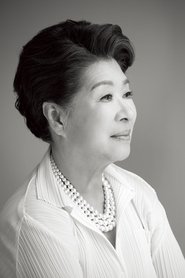 Um Aing-ran
Um Aing-ran Hwang Jeong-sun
Hwang Jeong-sun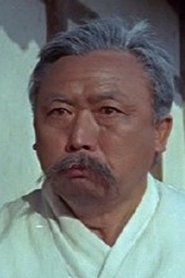 Choi Nam-hyun
Choi Nam-hyun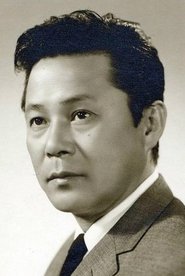 Kim Jin-kyu
Kim Jin-kyu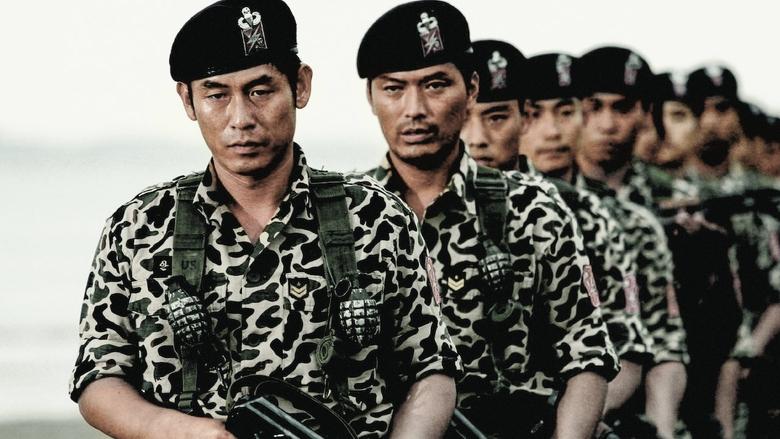
On 31 January 1968, 31 North Korean commandos infiltrated South Korea in a failed mission to assassinate President Park Chung-hee. In revenge, the South Korean military assembled a team of 31 criminals on the island of Silmido to kill Kim Il-sung for a suicide mission to redeem their honor, but was cancelled, leaving them frustrated. It is loosely based on a military uprising in the 1970s.
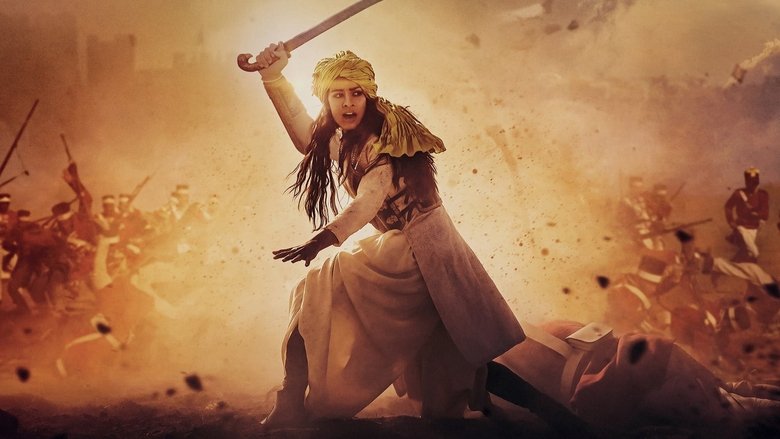
The Warrior Queen of Jhansi tells the true story of Lakshmibai, the historic Queen of Jhansi who fiercely led her army against the British East India Company in the mutiny of 1857. From Queen Elizabeth to Queen Victoria, two-and- a half-centuries of East India Company rule will be reversed by its attempt to crush India’s Warrior Queen. Lakshmibai is known as one of the most prominent figures within the independence movement of India. The passion to free her province from colonial rule led this young woman to become one of the greatest generals of the Indian army, and to go down in history for her bravery, strategic acumen, and as a force to reckon with by the East India Company and the British Raj. The Warrior Queen of Jhansi is the story of the woman who lived and fought for the freedom of her people.
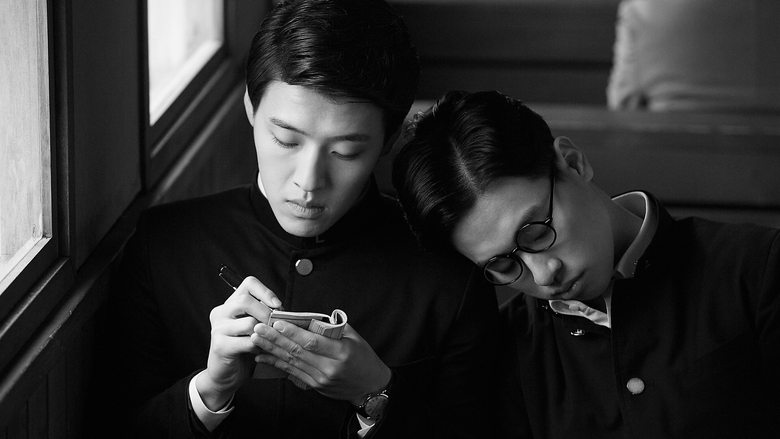
Based on a true story, renowned Korean poet, Yun Dong-ju, is detained and abused by the Japanese for participating in the Korean Independence Movement.
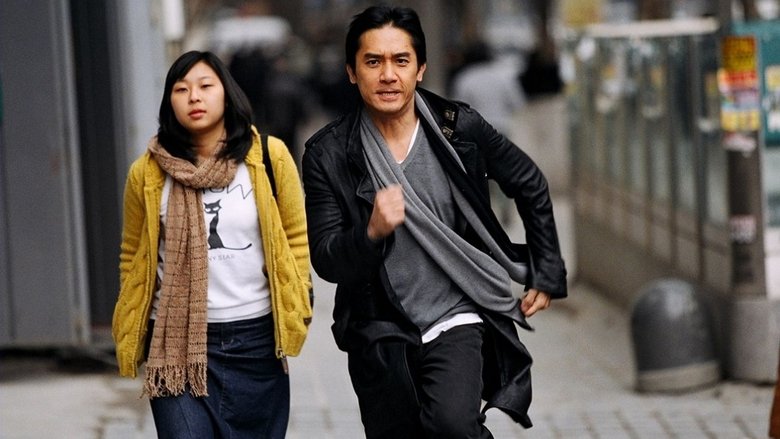
Agent Lam (Tony Leung) sets out to track a pair of plates used to make fake American dollars. When he discovers the plates, they are conned out of him by enigmatic US Embassy workers Owen (Richie Ren) and JJ (Shu Qi). With the trail now leading to Korea, Lam sets off in hot pursuit. There, amidst the dangerous and glamorous urban landscape of Seoul, Lam finds himself confronting an underworld crime boss known as the Polar Bear, head of the biggest counterfeiting organisation in Asia.
This documentary highlights the achievements of India in the political, economic, and international fields since she attained Independence. The framing of her Constitution, the integration of the States and the general elections, the rehabilitation of displaced persons, the river valley projects, and the setting up of a chain of National Laboratories are some of the achievements shown here.
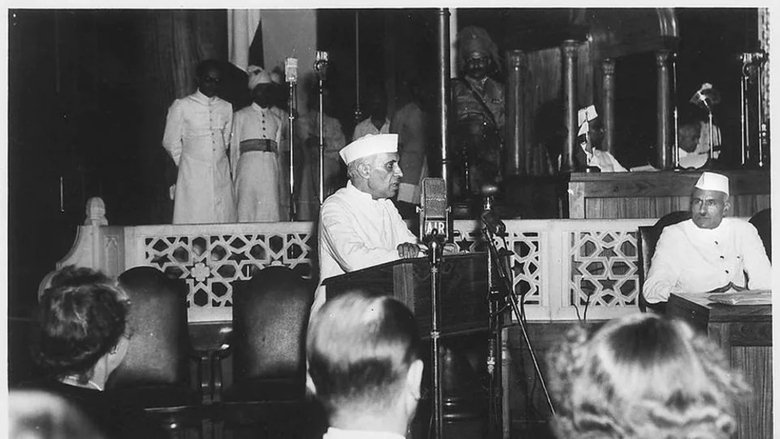
Divided into three parts — The Awakening, The Struggle, and Freedom — this is a biographical film on Pandit Jawaharlal Nehru, the first Prime Minister of independent India. Relying on Nehru's writings and speeches, the film traces the evolution of Nehru from his birth through his life. It also deals with the effect of history on Nehru and in turn his impact on the world.
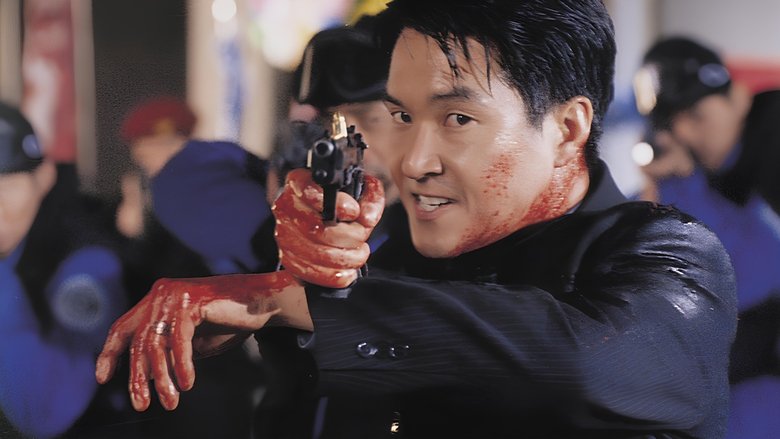
North Korea's 8th Special Forces hijack a shipment of CTX, a potent new liquid explosive, and threatens South Korea as part of a plot to re-unify the two countries. Ryu and Lee, special agents of O.P., South Korea's secret intelligence service, attempt to track down the terrorists and find the CTX. Meanwhile Hee, the 8th's ultra-bad female sniper, resurfaces to wreak havoc and haunt Ryu.
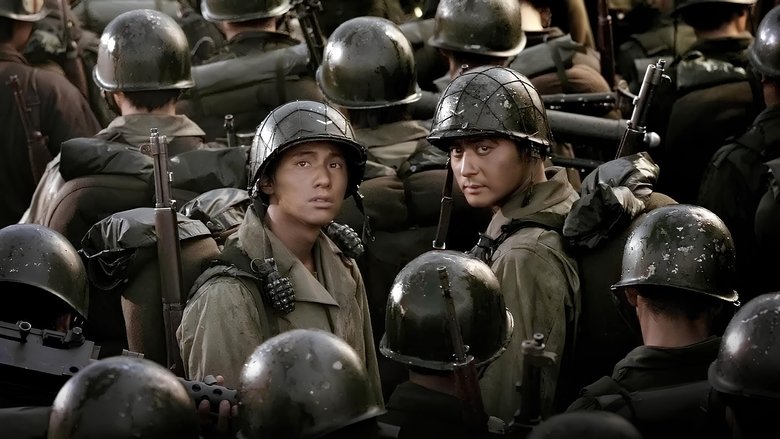
When two brothers are forced to fight in the Korean War, the elder decides to take the riskiest missions if it will help shield the younger from battle.
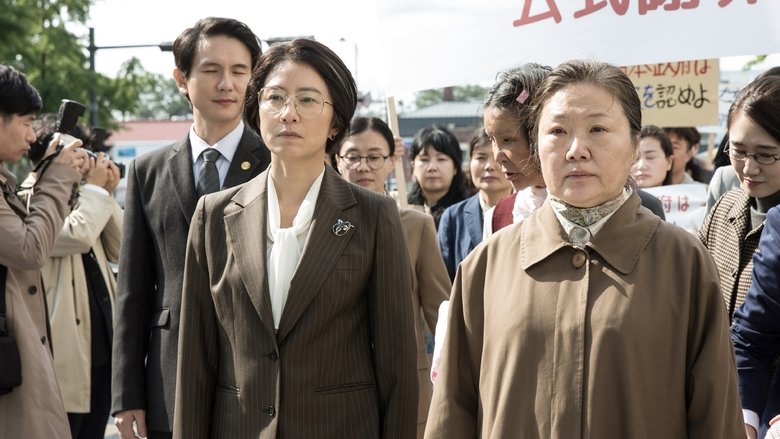
A true story of a six-year-long legal conflict of 10 comfort women and 13 attorneys against 200 Fukuoka supporters association.
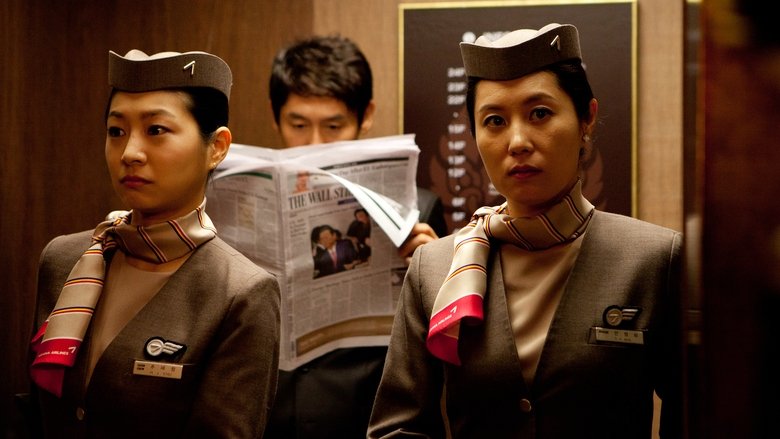
Chul-soo is one of Korea’s best intelligence agents: he can accomplish any given mission. One day, a mysterious explosion takes place in Seoul. Chul-soo flies to Thailand on a mission to rescue a person who holds clues to the incident. Meanwhile, Young-hee goes on a business trip to Thailand and gets entangled with Chul-soo’s mission. Will he accomplish his mission and save his wife at the same time?
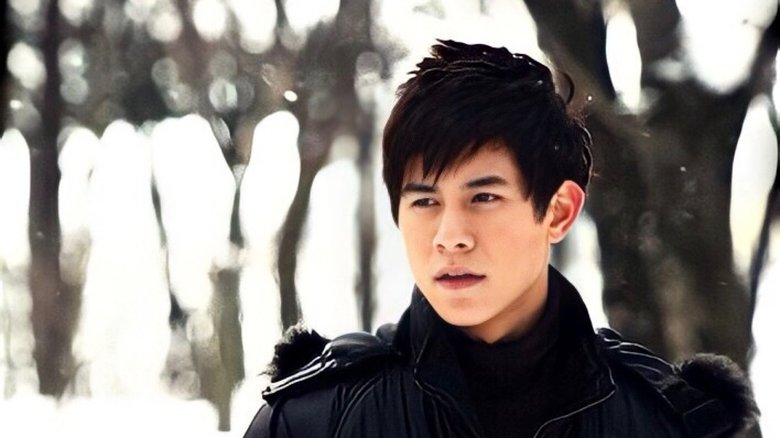
Kana is a girl who so obssessed with Korean styles so she convinces Mara, her sister to travel to South Korea together. In South Korea, Kana and Mara pursue their dreams - Kana wants to see Ajoo, her favourite Korean star while Mara wishes to look pretty by Korean surgery. But Kana doesn't realize that Chai, her best friend who accompanies her to South Korea is secretly loves her.
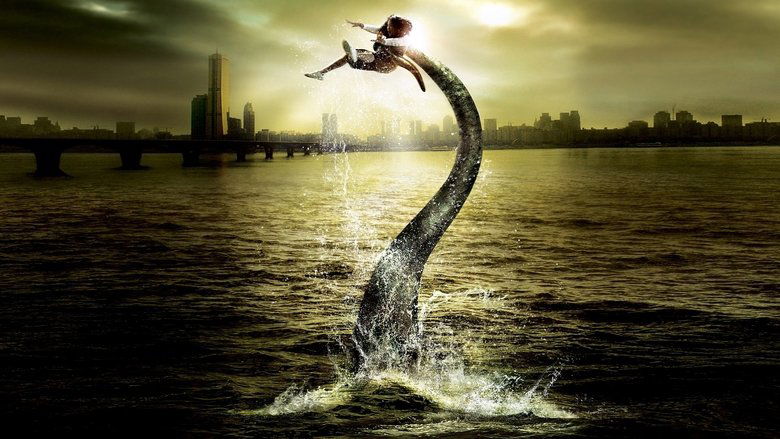
A teenage girl is captured by a giant mutated squid-like creature that appears from Seoul's Han River after toxic waste was dumped in it, prompting her family into a frantic search for her.
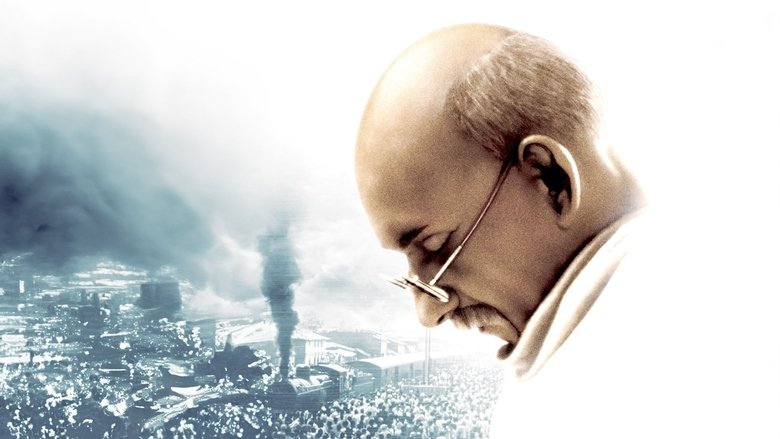
In the early years of the 20th century, Mohandas K. Gandhi, a British-trained lawyer, forsakes all worldly possessions to take up the cause of Indian independence. Faced with armed resistance from the British government, Gandhi adopts a policy of 'passive resistance', endeavouring to win freedom for his people without resorting to bloodshed.
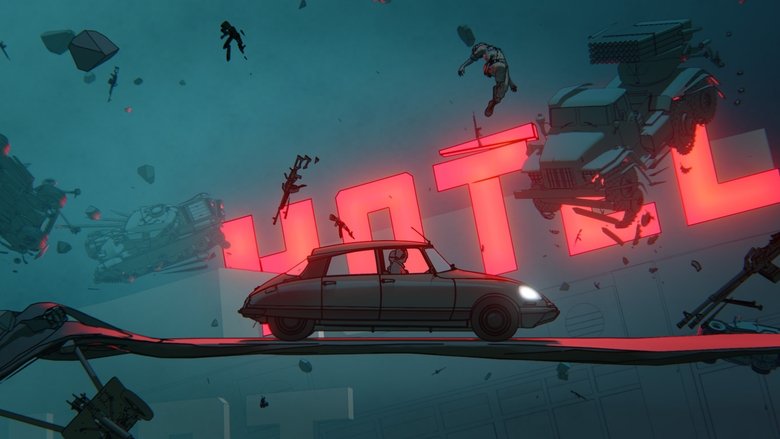
In 1975, Ryszard Kapuściński, a veteran Polish journalist, embarked on a seemingly suicidal road trip into the heart of the Angola's civil war. There, he witnessed once again the dirty reality of war and discovered a sense of helplessness previously unknown to him. Angola changed him forever: it was a reporter who left Poland, but it was a writer who returned…

Lee Shan and Ayo are ex-Interpol agents who are now bounty hunters, chasing fugitives for cash rewards. When the two of them are framed for a hotel-bombing, they join hands with a legendary bounty hunter named Cat, along with her teammates, to find the real bomber.
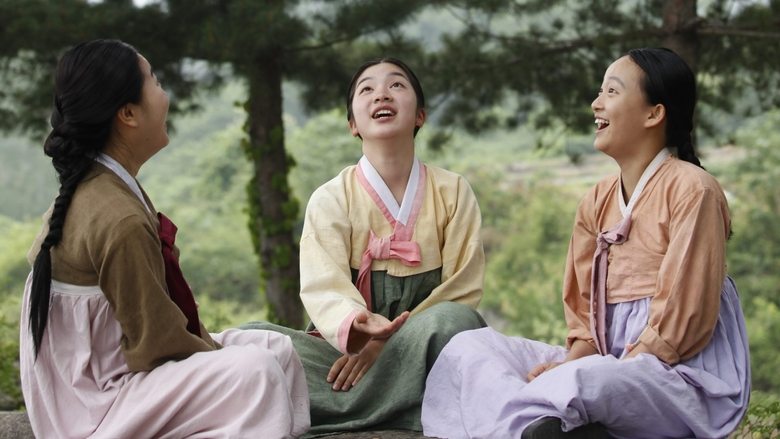
After the Japanese kidnap two Korean teenagers and take them to a comfort station to join other girls who are serving as sex slaves, only one of them survives. Decades later, the elderly woman tries to reunite with her friend's spirit.
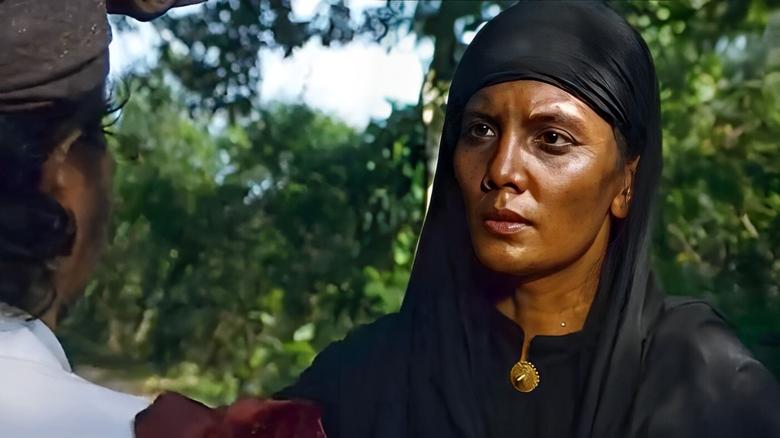
Set in 1896, "Tjoet Nja' Dhien" celebrates one of Indonesia's great heroes who fought for independence from the Dutch. The pious Muslim people of Aceh, a city that had flourished since ancient times as a trade port, enter into a fierce war with the Dutch. Tjoet Nja' Dhien, the widow of a rebel leader operating in Aceh in Sumatra, assumes the leadership when her husband Teuku Uma is killed in an ambush. Dhien's charismatic presence and power of survival motivate the locals to join and later continue their opposition to the Dutch. Despite personal obstacles, she remained in the thick of the struggle for ten years.
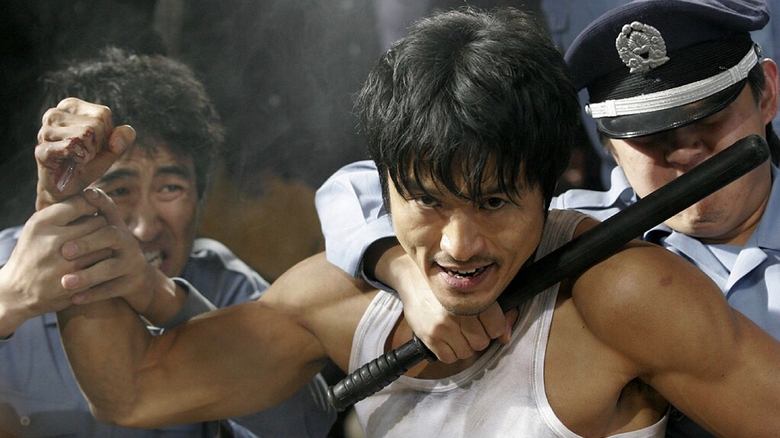
After 1988 Seoul Olympic, Ji Kang-heon, who is sentenced for 7 years, and other inmates escape from the police van. After escaping, Ji Kang-heon and inmates make the entire Seoul under fear while they hold hostages.
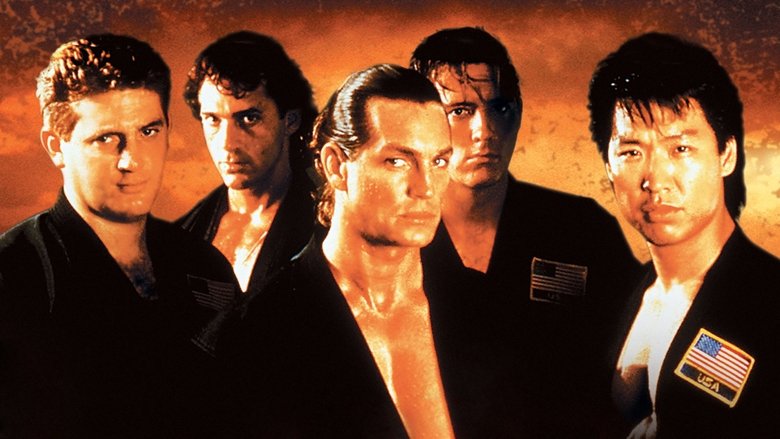
A team from the United States is going to compete against Korea in a Tae Kwon Do tournament. The team consists of fighters from all over the country--can they overcome their rivalry and work together to win?
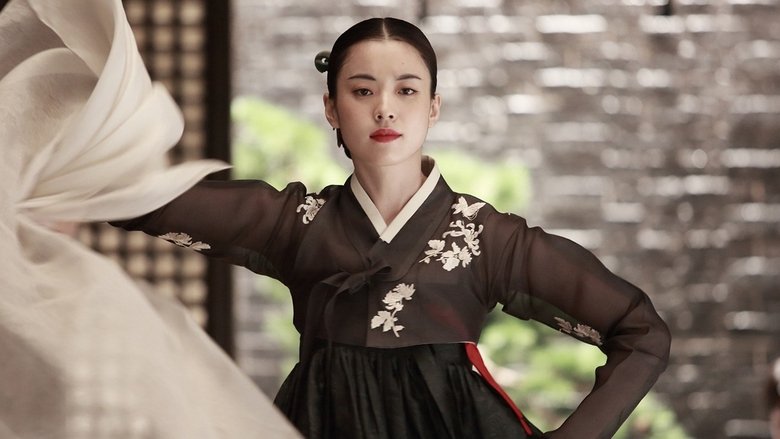
Two best friends, So-yool and Yeon-hee, dream of becoming the top artists in Seoul together. But their friendship doesn't last long as Yoon-woo, So-yool's first love and songwriter, falls in love with Yeon-hee and her voice. So-yool's feeling of jealousy and inferiority towards Yeon-hee grows by the day, and she eventually makes a drastic decision to bring the two lovers down.